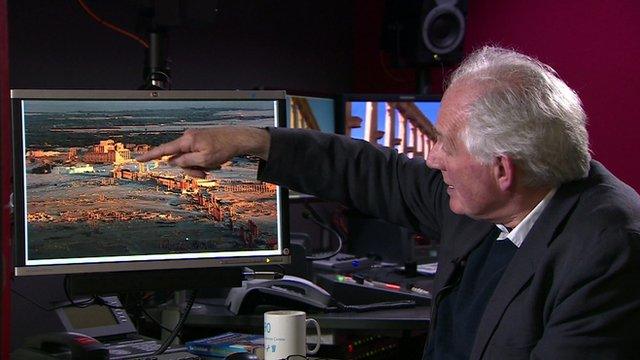Palmyra arch from Syrian heritage site to be recreated in London's Trafalgar Square
- Published
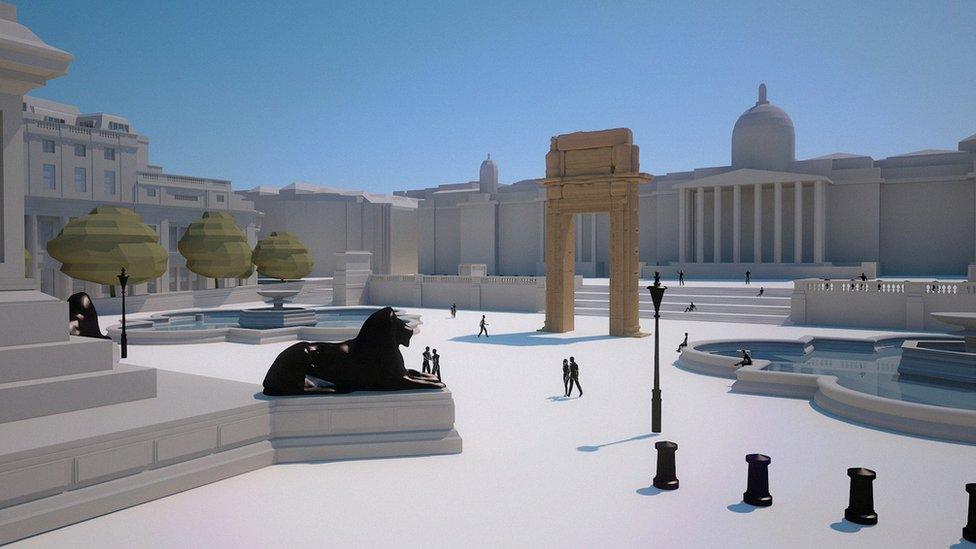
The arch will be created using a 3-D printer and displayed in April
A monument from a temple in the ancient city of Palmyra destroyed by so-called Islamic State (IS) is to be recreated in London's Trafalgar Square.
The 2,000-year-old arch is all that remains of the Temple of Bel, part of the Syrian Unesco World Heritage site, captured by militants in May.
It will be recreated from photographs, using a 3D printer.
The institute behind the project hopes the arch will draw attention to the importance of cultural heritage.
IS militants have ransacked and demolished several similar ancient sites to Palmyra that pre-date Islam in Iraq, denouncing them as symbols of "idolatry".
Shared heritage
Alexy Karenowska, from the Institute of Digital Archaeology, which is behind the project, said she hoped it would help people understand how important it was to preserve cultural sites in war-torn countries such as Syria.
She said: "People say, 'should we be worrying about this stuff when human lives are being lost?'
"Of course all of this stuff takes second place to human life, but these cultural objects are very important to give a sense of place and community."
The famous 15m (50ft) arch will also illustrate Britain and Syria's shared heritage, with the Greco-Roman architecture of Palmyra echoed by the neoclassical buildings of the National Gallery and Nelson's Column.

Palmyra is one of the archaeological jewels of the Middle East
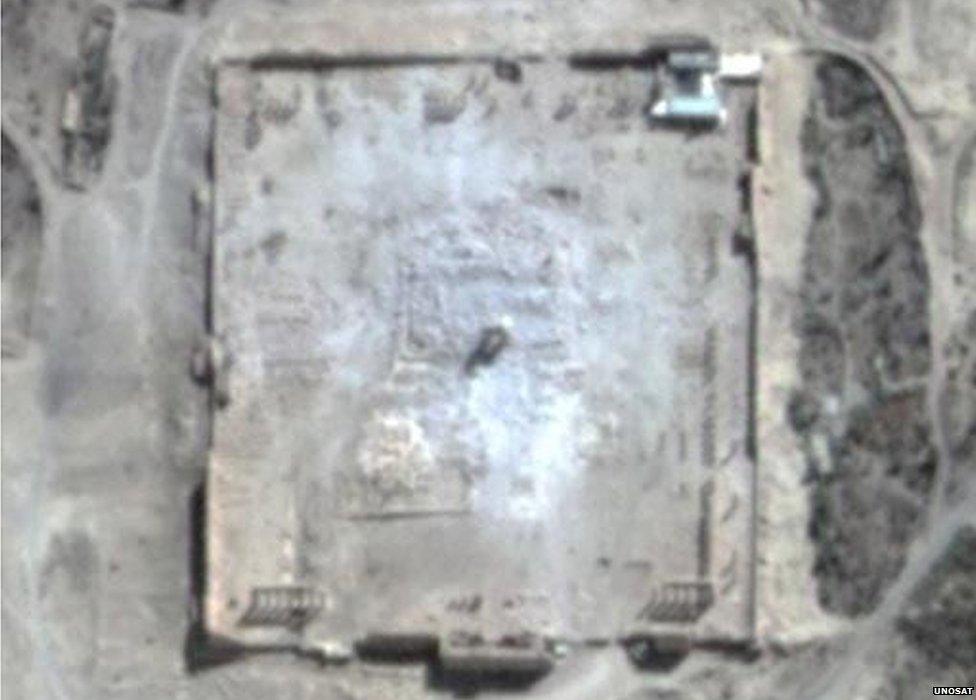
A satellite image taken earlier this year shows almost nothing remains of the main structure in the centre of the temple
The institute plans to display the structure in Trafalgar Square during World Heritage Week in April, along with an identical arch in Times Square, New York.
The Institute of Digital Archaeology, external, a joint venture between Harvard University, the University of Oxford and Dubai's Museum of the Future, is currently involved in a project supplying volunteers with 3D cameras to document at-risk cultural sites throughout the Middle East and North Africa.
- Published1 September 2015
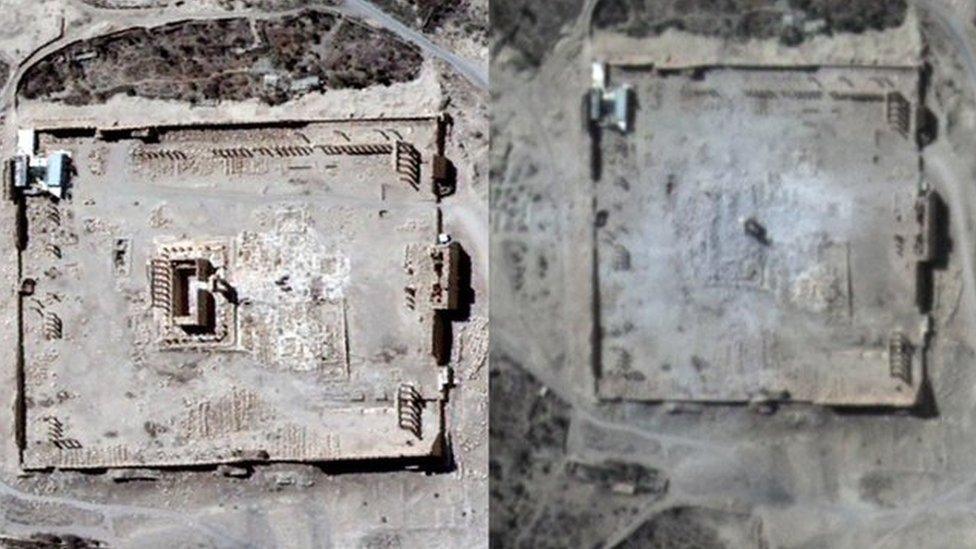
- Published24 August 2015

- Published19 August 2015
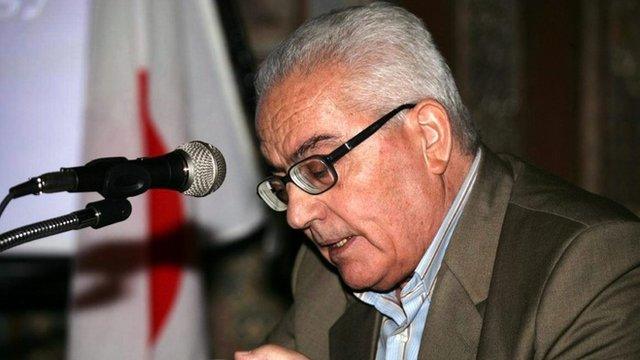
- Published21 May 2015
